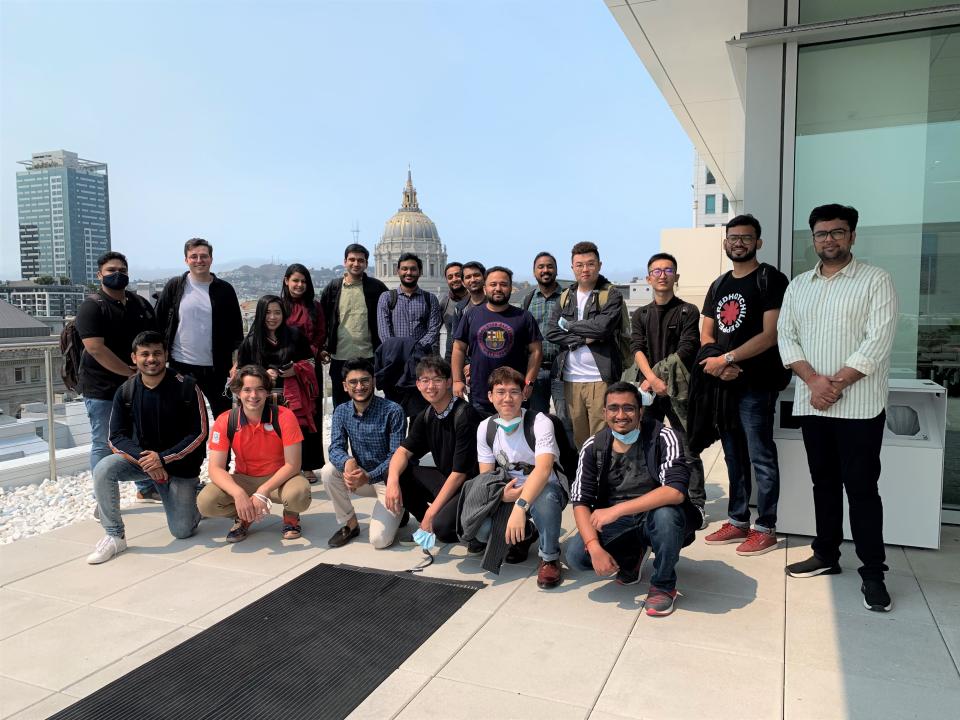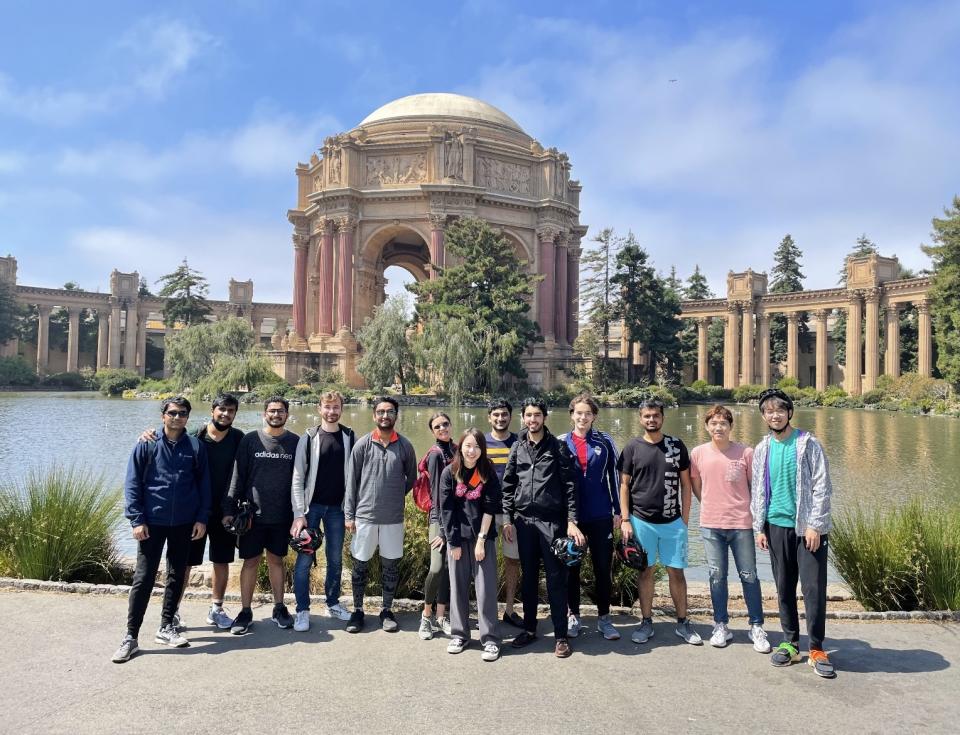My MSBA Practicum Team Dynamics
How the diversity of my team and our roles is helping me find my way
In this day and age where data rules the world, I feel that being a data analyst is like trying to change the world in the middle of a storm. On top of this, the field is also always changing—getting more sophisticated day by day.
I find all this change exciting and interesting, which is why I decided to join the UC Davis MSBA program last year.
Since then, I’ve already learned so much—about the material and myself. The MSBA program has allowed me to learn essential skills while networking with friends and colleagues worldwide who share similar interests.
Another valuable experience has been the MSBA program practicum project. In the practicum project, we have the opportunity to work with an outside company, tackling real-world problems, using the skills we learn during the program in real time.
KQED: Helping Non-profit Media with Donor Base

For our practicum project, we worked with a media non-profit based in the Bay Area, KQED, a Public Broadcasting Service member TV station and National Public Radio station, one of the most-listened to public radio stations in the United States.
KQED's multiple platforms reach more than 2.5 million adults 18+ each week in the Bay Area and airs many nationally syndicated programs. However, like many other non-profits, it depends on donations from private and federal sources. Around 60% of its budget comes from individuals.
Due to the quality of its content and large user base, KQED has largely been spared from the high donor churn rate that many other non-profit organizations face.
Despite this, donor retention is still a concern, which is why my MSBA teammates and I were tasked with coming up with insights and suggestions that can help KQED increase its donor retention.
The practicum project with KQED has been a wonderful experience for two significant reasons:
Real Challenges Impacting Society
We are gaining experience solving a real-life challenge, which we know will have a natural effect on society as KQED broadcasts news, education and entertainment available for free to millions of listeners and viewers.
Finding My Strength on a Diverse Team
Working on this practicum team is helping me find my identity. I have worked on various teams in my academic and professional career; but almost always, most of us have a similar background or possess a matching set of skills.
In my MSBA practicum group, however, I am working with people from four different countries and two different continents, speaking various languages and with varied skills. This experience is helping me realize my strengths and weaknesses of working on a diverse team, similar to what we can expect in our post-graduation careers.

Leader vs. Follower: The Value of Both
It also has been valuable for me to experience the dynamics of how leaders and followers influence a group. During our MSBA program, we have learned that being a follower is just as essential as being a leader.
Before I go on, let me explain what I mean by follower or leader.
A follower is a person who accepts guidance or follows orders, with the ultimate aim of helping a group of people achieve a target.
A leader assumes the responsibility of guiding or commanding a group of people towards a common goal. A follower is equally critical to a team’s success as a leader.
Even though we have predefined roles for all the team members, there is no one leader. Anyone can assume that responsibility based on their personal experience and expertise tackling a particular section of the larger goal.
Changing roles helps everyone
Allowing anyone to assume a leadership or follower role has three benefits:
- Every team member can explore various aspects of the project, which can help them decide about their future job.
- Every team member gets the chance to become a follower and leader. They realize their strengths and weaknesses, and from that, can decide on a course of work during the project that best meets their interests.
- This approach also prevents people on the team from being isolated and allows everyone to see the larger picture. By having a shared goal, everyone in the group stays on the same page and progresses together—an essential aspect of an efficient team.
This structure has worked well for us as we have been proactive in learning from our mistakes. Since every team member is aware of the project’s overall progress, everyone can pitch in during team meetings, which leads to some ingenious ways to solve the problems.
Personally, I have realized that I am good at following rather than leading. I’ve learned that I like working on and learning about the technical aspects of the project. I can develop my technical skills more efficiently by being a follower.
I realize that such a team structure is only possible in a small team; as the number of team members grows, it becomes more challenging to have everyone on the same page. But, in our small group, our flexible structure has worked well and we have made good progress in our project.
I have been very fortunate to be part of a team filled with motivated and talented individuals, and to work on a significant project.
